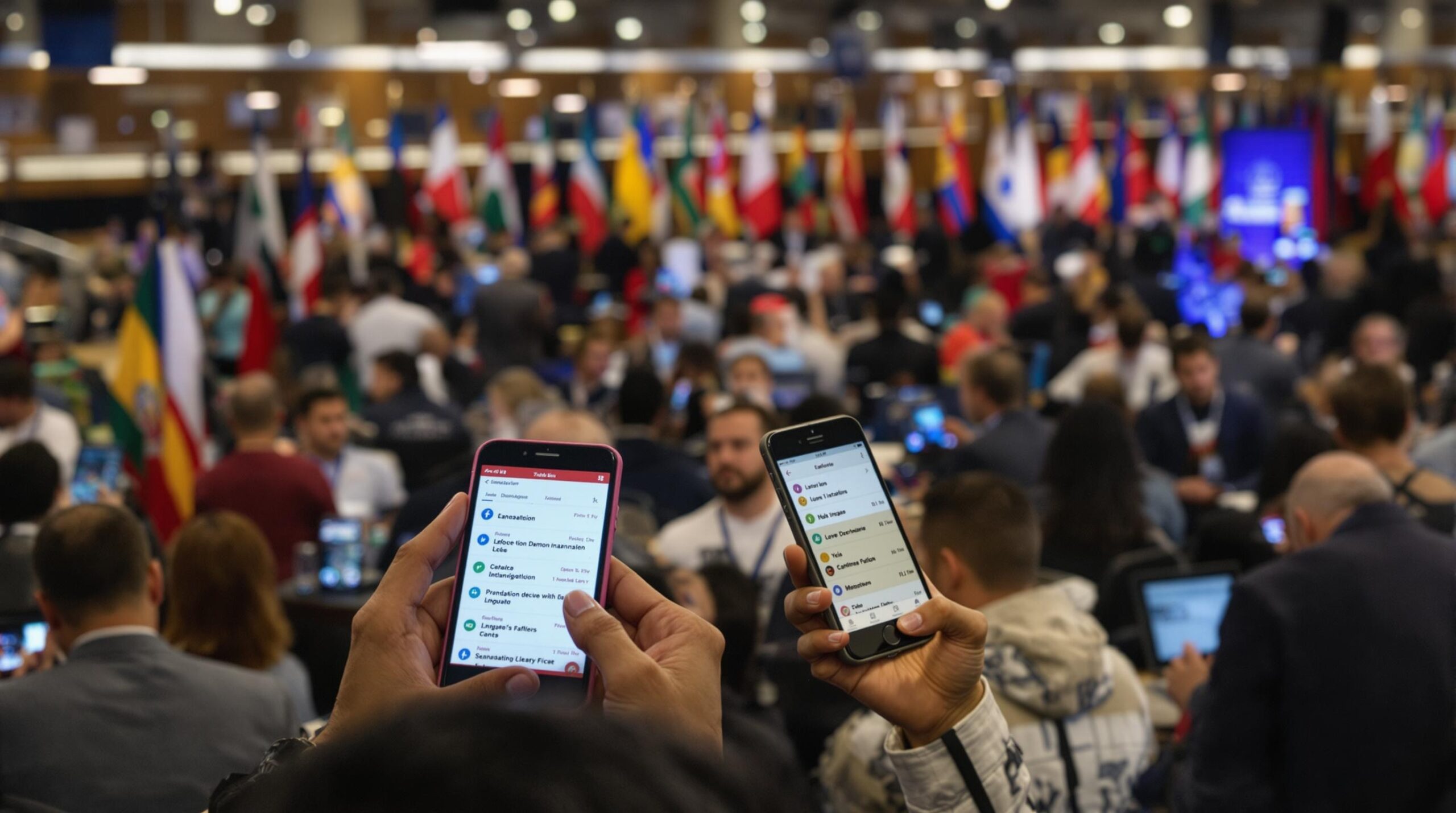Artificial intelligence has revolutionized the way people communicate across languages. AI-powered translation tools now bridge gaps that seemed insurmountable. This technology delivers rapid, accurate translations and enhances collaboration worldwide. It is reshaping business, education, healthcare, media, and more.
The Evolution of Translation Technology
Before AI, translation relied on basic rule-based systems or simple dictionaries. Such tools often produced awkward, incorrect results. Progress was slow because these systems could not understand context or tone. Today, deep learning and neural networks drive translation tools far beyond older software’s boundaries.
Modern AI-powered tools analyze vast amounts of linguistic data. They learn from millions of text samples in dozens of languages. Their algorithms detect nuance, idioms, and patterns. This process allows them to generate output that sounds natural to native speakers.
Advancements in natural language processing now fuel even more accurate machine translations. Tools like Google Translate, DeepL, and Microsoft Translator continue to improve. AI’s growing role gives users an unprecedented level of understanding and communication.
Breaking Barriers in Global Business
Global businesses rely on effective communication to thrive. Language barriers can create costly misunderstandings between partners and customers. AI-powered translation tools offer rapid, accurate conversion for emails, contracts, and customer inquiries. This reduces errors and ensures information flows smoothly across borders.
International marketing strategies benefit from AI-enhanced localization. Businesses adapt campaigns quickly for multiple regions without misunderstanding cultural references. Firms like Netflix use AI to translate subtitles and scripts, boosting global viewership.
These tools also assist real-time customer support. Chatbots and virtual assistants deliver help in dozens of languages instantly. This feature opens companies to wider markets without hiring large multilingual support teams.
Impact on Education and Cross-Cultural Learning
Educational institutions increasingly integrate AI-powered translation into their materials. Students from varied linguistic backgrounds now access the same resources. Language is no longer a barrier to online courses, lectures, or scientific research.
Collaboration between international researchers grows as a result. AI translation tools facilitate group work, joint publications, and academic conferences. They help learners practice new languages through corrected translations and pronunciation guides. This innovation creates a more connected, informed global society.
Enhancing Healthcare Communication
Clear communication in healthcare is essential for patient safety and satisfaction. Previously, language barriers led to misdiagnoses and misunderstandings during treatment. AI-powered tools translate medical documents, consent forms, and patient conversations quickly and accurately.
Healthcare providers use AI-driven translation apps during appointments or emergency care. These tools interpret questions, symptoms, and treatments in real time. By minimizing confusion, they ensure that patients receive proper care regardless of their native language.
Hospitals now connect with patients and families from around the world. Timely, accurate translations improve patient outcomes and foster trust in medical care. This technical advancement increases healthcare equity on a global scale.
Media, Entertainment, and the Sharing of Stories
The media and entertainment industries thrive on storytelling. However, language differences can limit audience reach and comprehension. AI-powered translation tools turn movies, video games, podcasts, and news into universally accessible content.
Platforms like YouTube and TikTok offer instant subtitle translation. This technology empowers creators to share their messages with global audiences. Fans from different cultures enjoy popular shows, music, and films without delay.
Creators leverage AI for scriptwriting and voiceover translation. Content that was once niche or region-locked becomes an international phenomenon. These changes make media a truly worldwide experience and foster cultural empathy.
Challenges and Ethical Implications
Despite enormous benefits, AI translation tools still face challenges. Algorithms sometimes misinterpret sarcasm, humor, or cultural nuance. A poorly translated message can create confusion or offense, particularly in sensitive contexts.
Data privacy is another serious concern. Most translation services process text in the cloud, risking potential leaks of confidential information. Companies and users must evaluate if storing sensitive data online poses unacceptable risks.
There are also concerns about the marginalization of human translators. AI-generated translations often need review or correction. Human oversight ensures context and emotion are preserved, maintaining the original message’s intent and voice.
The Future of AI in Global Communication
AI-powered translation tools will continue to improve through larger datasets, better algorithms, and real-world feedback. Developers focus on enhancing context awareness and cultural sensitivity. Future AI models may provide near-perfect translations indistinguishable from professional human work.
These innovations will foster deeper, more meaningful conversations worldwide. Meanwhile, individuals and organizations must use AI responsibly and recognize its limitations. Investing in ethical practices and human oversight will ensure that technology enriches communication, rather than diminishing it.
Conclusion
AI-powered translation tools are redefining global communication by connecting people, cultures, and industries. They deliver access, inclusion, and understanding on a scale never before possible. While challenges remain, the technology’s potential to bridge divides and foster international collaboration is immense. As developers and users refine these tools, the world moves closer to seamless cross-cultural communication.


